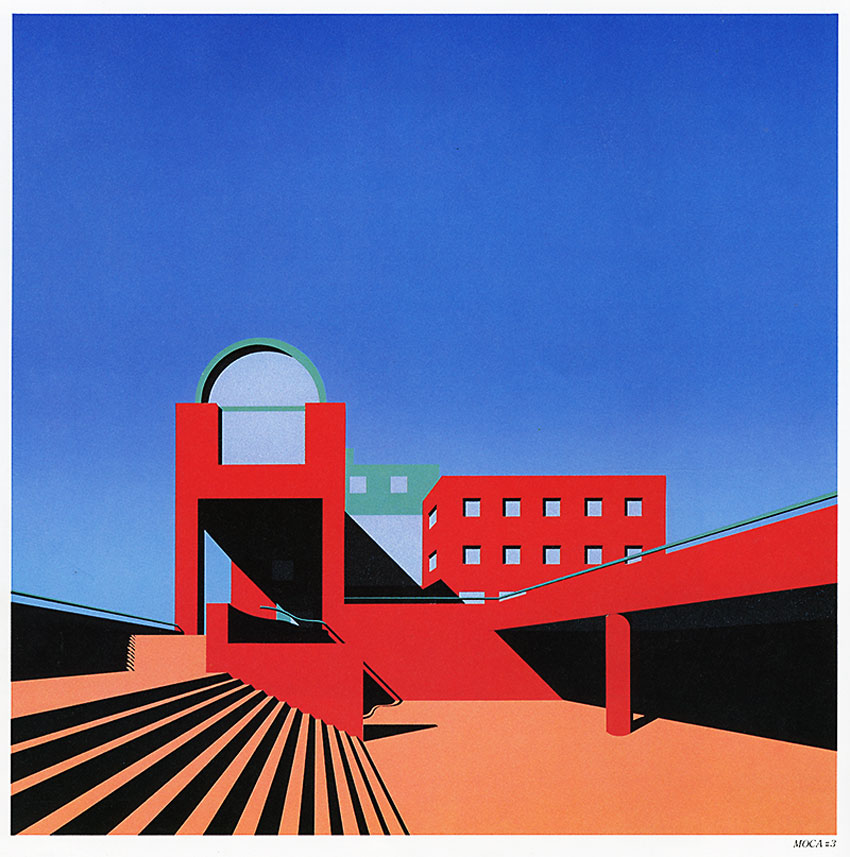

When asked if the move was a demotion for Biesenbach, Seferian said, “No, we’re thinking of it as an expansion and asking Klaus to do more of what he’s excellent at, like activating the artistic and philanthropic community.”īut the museum’s former human resources director, Carlos Viramontes, who quit in February after less than two years, said in an interview that an internal “360” review - in which staff members offer anonymous feedback - revealed negative evaluations of Biesenbach’s management performance, as well as that of other members of the senior leadership team. “This is not an example of getting rid of one director and bringing in another,” she said. Maria Seferian, who became MOCA’s chairwoman in 2018, said the incoming executive director will oversee operations, management and diversity efforts, enabling Biesenbach to concentrate on his strengths: programming exhibitions, working with artists and cultivating donors.

Some interpreted the recent leadership reorganization as a sign that Biesenbach, like his predecessors, was not long for MOCA, a manifestation of the concerns some expressed when he was appointed.īut in his first in-depth, in-person interview since the pandemic, Biesenbach, 54, said the chance to share the workload with an executive director was “a great opportunity.” And while acknowledging the challenges ahead, he said things are moving in the right direction. Many in the art world say that MOCA, which opened in 1979, has been overshadowed by the Broad, which reported annual attendance in 2019 of 917,489 MOCA had 357,747 visits (though attendance has grown over the last five years). In 2008, he brought the museum back from the brink of collapse with a $30 million bailout and five years ago he opened the Broad contemporary art museum across the street. MOCA’s founding chairman was the billionaire philanthropist and contemporary art collector Eli Broad, who died on Friday. The museum also laid off 97 part-time staff members (about 30 full-time employees who were furloughed have returned).īut MOCA’s current trials have come just as the museum was hoping to emerge from a tumultuous history that has included two short-term directors, a raid on its endowment to pay the bills and a proposed merger with the Los Angeles County Museum of Art. During its yearlong closure because of Covid-19, MOCA’s revenue dropped 26 percent and membership 32 percent. To be sure, museums all over the country have been dealing with economic challenges caused by the pandemic and with staff pressure over diversity issues in light of the Black Lives Matter movement. Yet just days before, the museum, known as MOCA, had confirmed two key resignations: a senior curator, who departed citing museum leaders’ resistance to diversity initiatives, and the director of human resources, who said he left because of a “hostile” work environment.Īnd just two months earlier, the institution had announced that Biesenbach, who was hired in 2018 from MoMA PS1 in Queens, would no longer hold the title of director but would be called “artistic director” and share power with an “executive director” for whom a search is currently underway. Talking about plans to reopen on June 3 and recent building improvements he has made as director, he came across like a guy with his hands on the steering wheel. LOS ANGELES - Klaus Biesenbach strutted through the Geffen Contemporary, the Museum of Contemporary Art’s warehouse exhibition space recently, stylish in his signature midnight blue suit and black ankle boots.


 0 kommentar(er)
0 kommentar(er)
